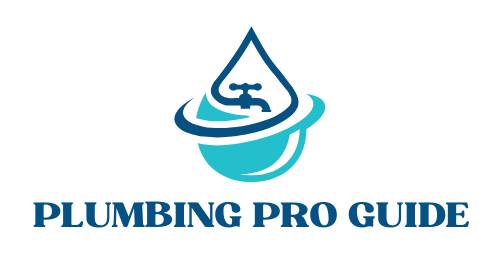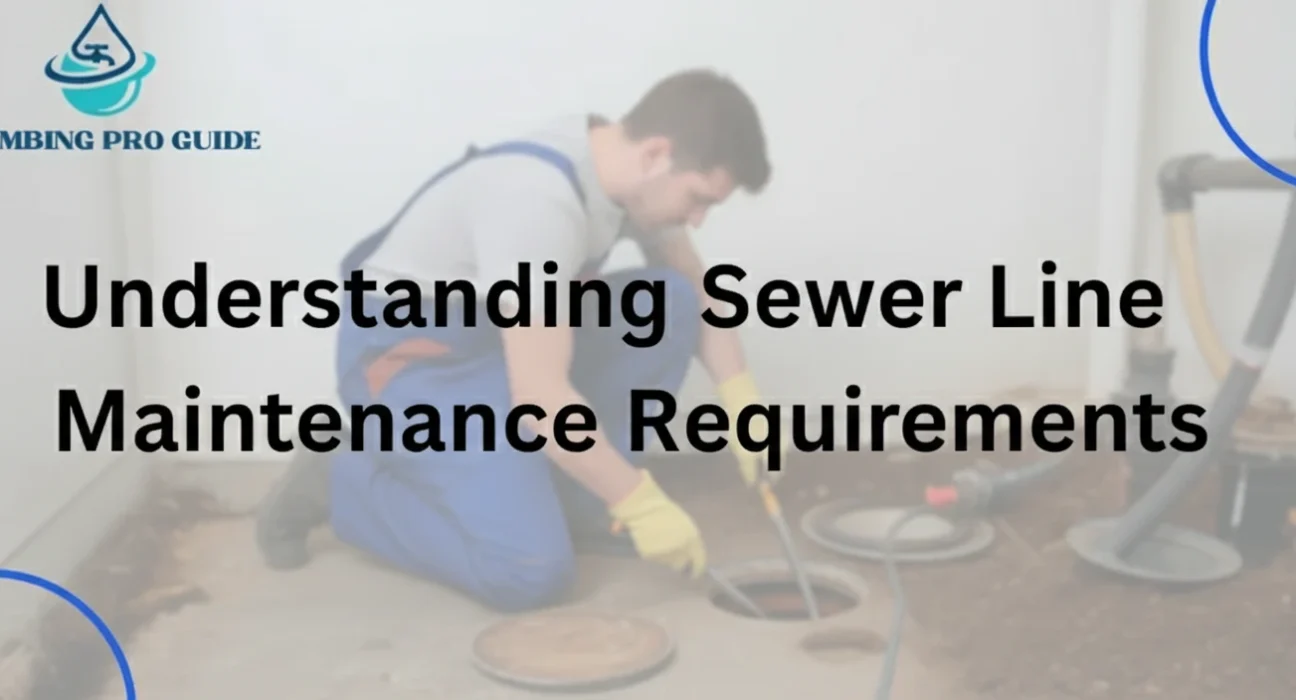Sewer line maintenance protects your home from hidden plumbing failures, expensive repairs, and unexpected sewage backups. Sewer line maintenance also helps extend the lifespan of underground pipes, especially if your home is older or surrounded by trees. Most homeowners don’t think about their sewer system until there’s a foul smell, a gurgling drain, or sewage backing into a tub, but by then, the damage is already done.
Sewer line maintenance becomes even more crucial if you are living in a home built before the 1990s, when clay and cast-iron pipes were still common reason being that older materials are more likely to corrode, crack, or collapse, especially under soil movement or heavy tree root growth.
Why Sewer Line Maintenance Matters for Every Homeowner
Sewer line maintenance prevents emergency plumbing situations, structural damage, and health hazards caused by waste backup. Once your sewer system fails, it costs you thousands. The sewer system is out of sight, which is why more people tend to forget its maintenance, but with routine inspections, small issues can be caught before they turn into full pipeline failures.
Homeowners also save money long-term by preventing sewer backups, foundation damage, mold, and repeated drain clogs inside the home.
Signs You Need Sewer Line Maintenance Immediately
Listing a few very common problems that cause sewer lines to be damaged. Read and check if you need to do sewer line maintenance.
Problem | What It Means |
Slow drains in multiple fixtures | Possible blockage in the main sewer line |
Gurgling or bubbling in toilets | Air trapped due to sewer restriction |
Sewage odor outdoors or indoors | Pipe cracks or venting issues |
Wet patches in the yard above the pipe | Underground leakage |
Frequent drain cleaning needs | Sewer line obstruction or root intrusion |
These symptoms often indicate tree root intrusion in sewer pipes, aging pipe material, grease buildup, or partial pipe collapse.
Best Ways to Maintain a Sewer Line at Home
Homeowners can do routine checks before calling a plumber.
Here are simple sewer line maintenance tips:
- Run hot water through drains weekly to move grease before it hardens
- Use enzyme-based drain cleaners, not chemical ones, to protect pipes
- Install drain strainers to catch hair and food debris
- Avoid flushing wipes, feminine products, paper towels, or “flushable” items
- Schedule a sewer camera inspection every 1–2 years
A professional sewer camera inspection technology service allows plumbers to see inside the line without digging, identifying cracks, roots, corrosion, and blockages early. Alongside sewer care, you should also follow our annual plumbing inspection checklist to keep all parts of your system healthy.
Sewer Line Maintenance and Cost Factors
The cost of sewer line maintenance depends on factors like pipe length, pipe material, access points, and level of blockage. Light cleaning with hydro jetting sewer lines may cost a few hundred dollars, while full trenchless sewer repair options may run into thousands. Homeowners with clay pipes may eventually need upgrading because the clay vs PVC sewer pipe lifespan shows PVC lasts much longer and is root-resistant. Homes in colder climates may benefit from plumbing pipes for cold weather, which resist freezing and burst risks.
DIY vs Professional Sewer Line Care
Homeowners have a limit when doing sewer line maintenance. You can clean drains inside the home, but the main sewer line requires professional tools and training. DIY solutions like boiling water, plunging, or enzyme treatments are useful for minor buildup but not for underground problems.
Professional plumbers use:
1. Hydro-jetting machines
2. Sewer video cameras
3. Trenchless relining equipment
4. Electronic locating tools
These methods allow full pipe cleaning and inspection without guesswork. DIY methods cannot remove roots, collapsed pipe sections, or heavy sludge buildup.
Does Insurance Cover Sewer Line Failure?
Most standard homeowner insurance policies do NOT cover sewer line repair unless optional coverage is added. Adding a sewer line rider is inexpensive and protects against unexpected pipe collapse, root damage, or soil shifting.
Thanks for reading! Don’t forget to swing by Plumbing Pro Guide for more inspiration.
FAQ Section
How do you maintain a sewer line?
Sewer line maintenance can be done by flushing enzyme cleaners monthly, avoiding harmful disposal items, and scheduling professional inspections every 1–2 years.
Can homeowners maintain sewer lines themselves?
Homeowners can maintain indoor drains, but full sewer line cleaning and repair require professional tools like hydro-jetting and camera inspection.
How often should the main sewer line be cleaned?
Most homes need cleaning every 18–24 months, sooner if there are trees near the line or frequent backups.
How to know when a sewer is full?
Multiple clogged fixtures, gurgling drains, foul odors, and sewage appearing in floor drains are common warnings.
Does insurance cover sewer line repair or replacement?
Standard insurance usually excludes it, but optional add-on coverage is available from most providers.


